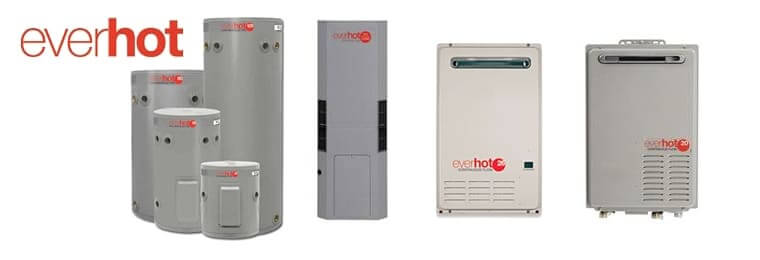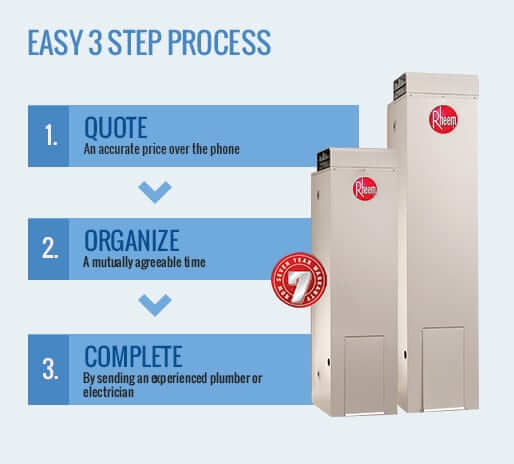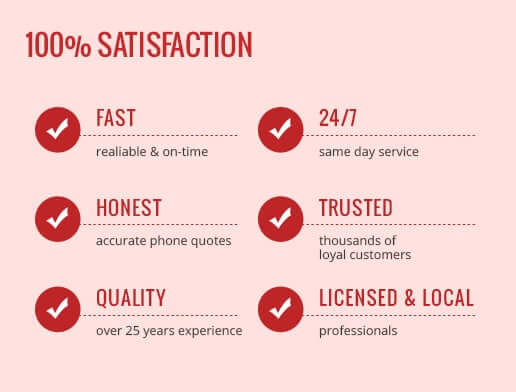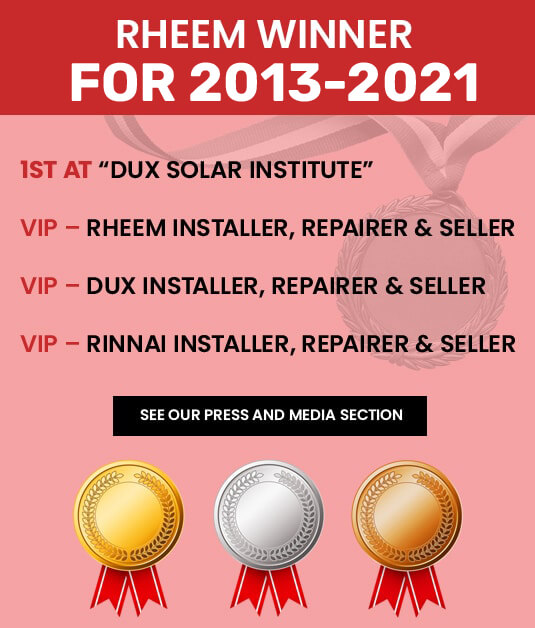
If you are looking for hot water systems that provide plenty of hot water and are extremely reliable, think Everhot.
The Everhot hot water systems are manufactured with the environment in mind, and are therefore as energy efficient as possible. In this day and age, energy efficiency is of paramount importance. With gas and electricity bills rising, homeowners are looking for ways to slash their bills: your water unit is a great place to start.
Everhot hot water heaters make a number of different systems, including electric and gas storage systems, gas continuous flow units, gas-boosted solar and also heat pump systems.
They make a wide range of different sizes, so you are sure to find a system that suits the requirements of your household. In addition, most of their water heaters are made right here in Australia – why not support the local economy?
Having issues with your existing water heater? Time for a new one? Call Australia’s most trusted hot water system service provider: Anytime Hot Water. We are always happy to provide you with advice and assistance as required, contact us today.
The following are just some of the Apricus hot water systems we have available. If you are looking for a specific system not listed below, call us today and speak with an expert.

The following are just some of the Everhot hot water systems we have available. If you are looking for a specific system not listed below, call us today and speak with an expert.
We can order in most makes and models, and if not we’ll always have a comparable unit available.


They feature compact designs, rapid heating recovery, and compatibility with off-peak tariffs.
Consider household size, water use, energy type, budget, and whether you prioritise lower bills or lower emissions.
Check valves yearly, flush tanks periodically, inspect for rust or leaks, and get professional servicing every 1–2 years.
